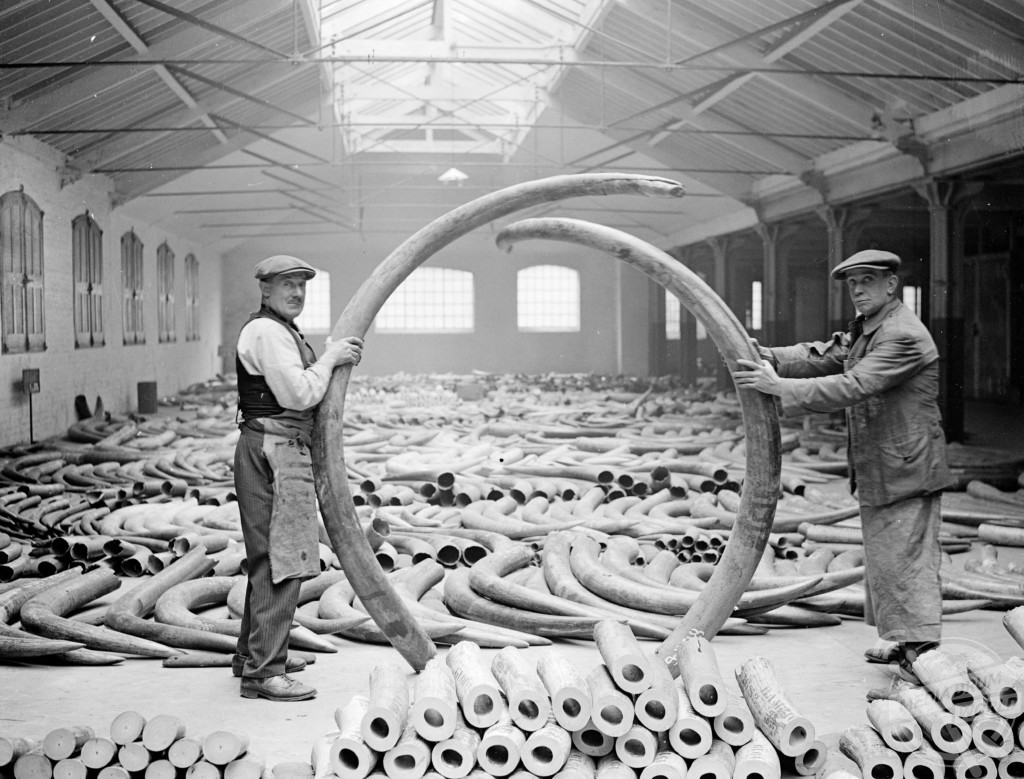
By Alyce Collins
INCREDIBLE images show the devastating amount of ivory that was once transported to London’s docks to the aptly named Ivory House when the capital was a key importer of the valuable elephant tusks.
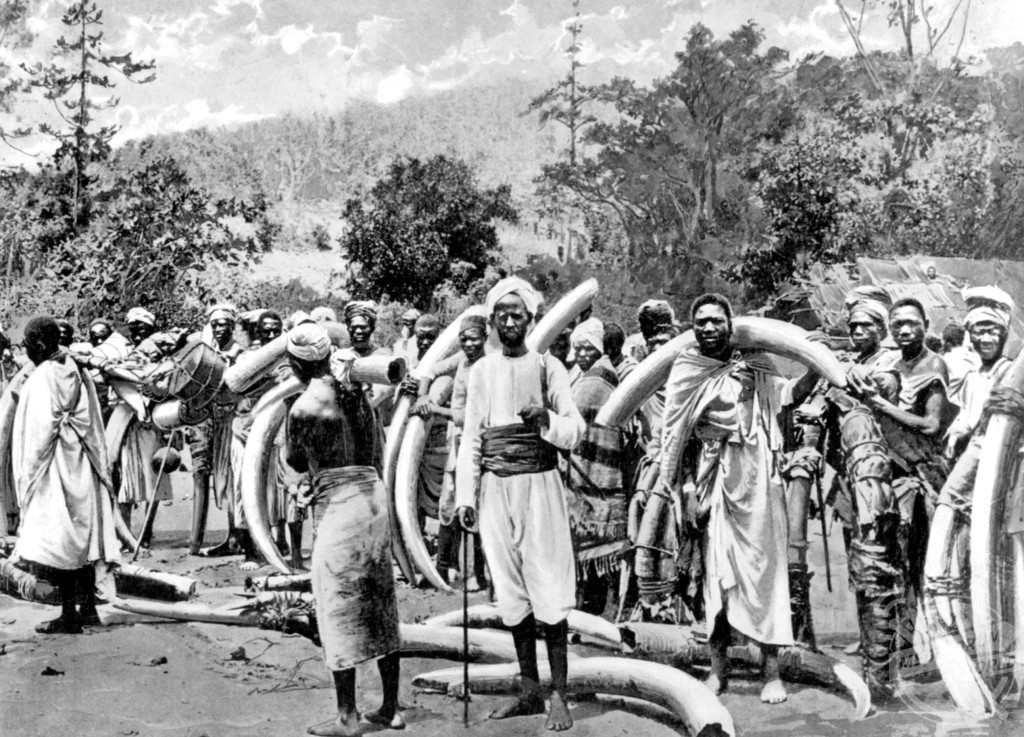
Retronaut / TopFoto / mediadrumimages.com
In what is now a highly controversial trade, the fascinating black and white images show 1920s ivory merchants at their London warehouse, weighing and measuring the sizeable tusks which were to be later sold at auctions.
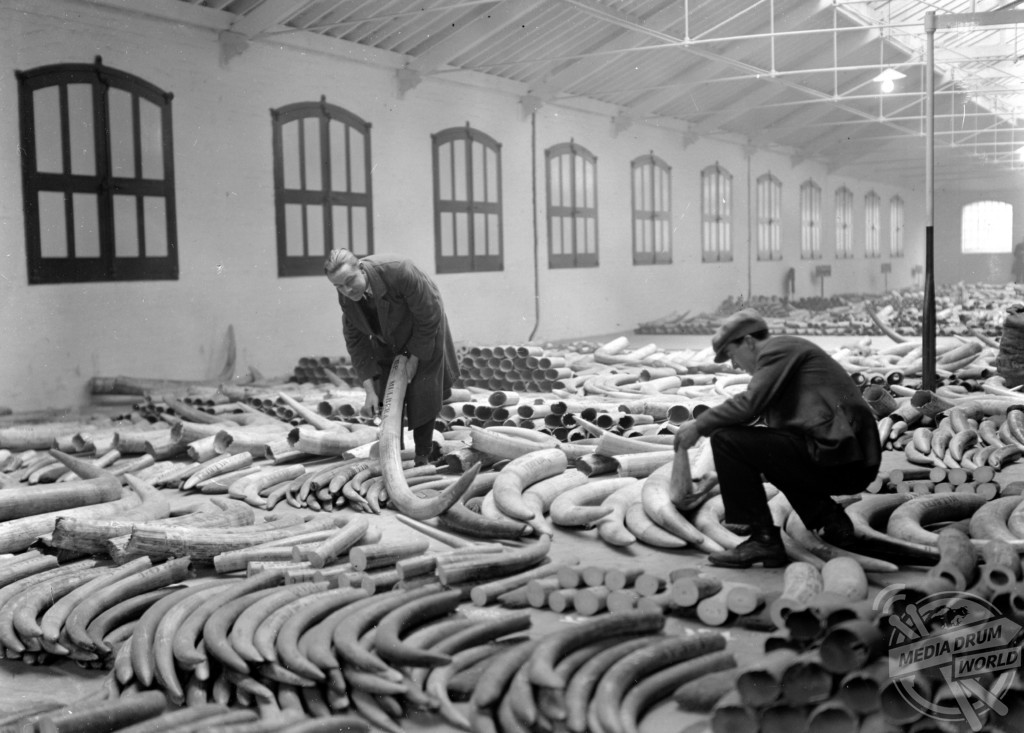
Retronaut / TopFoto / mediadrumimages.com
Other images show a large expanse of the warehouse floor which is filled with row after row of poached ivory. During its peak in the 1870s, Ivory House was taking in 200 tonnes of ivory in a year, which as a result meant it housed the tusks of up to 4,000 dead elephants.
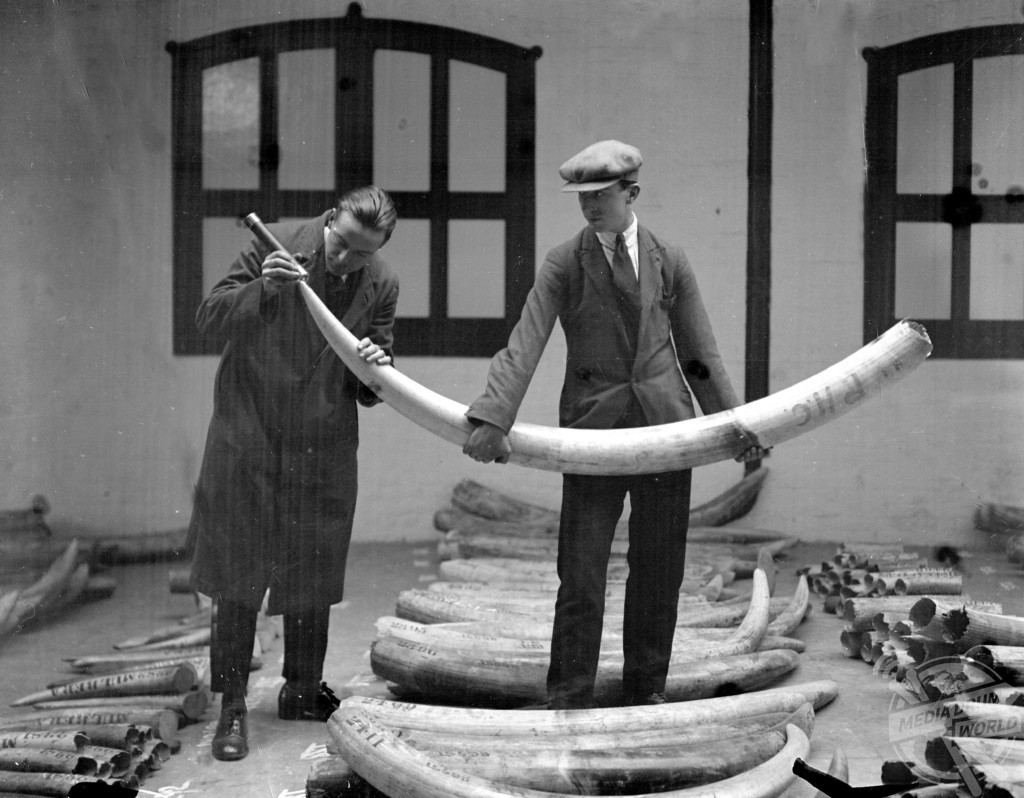
Retronaut / TopFoto / mediadrumimages.com
The shocking photographs indicate the mass scale of ivory poaching, which still occurs to this day, as merchants use large weighing scales to measure three tusks at a time before they were sold.
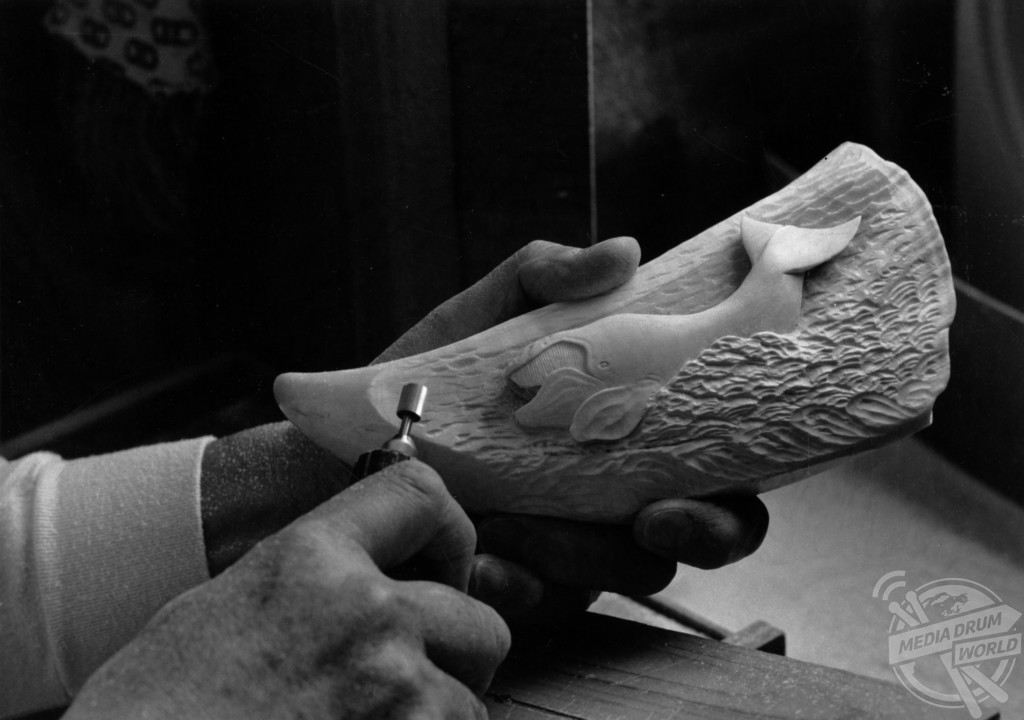
Retronaut / TopFoto / mediadrumimages.com
The larger tusks were sold to carving centres across Europe where they were delicately carved into ornate decorations, which can be seen in some of the photographs.
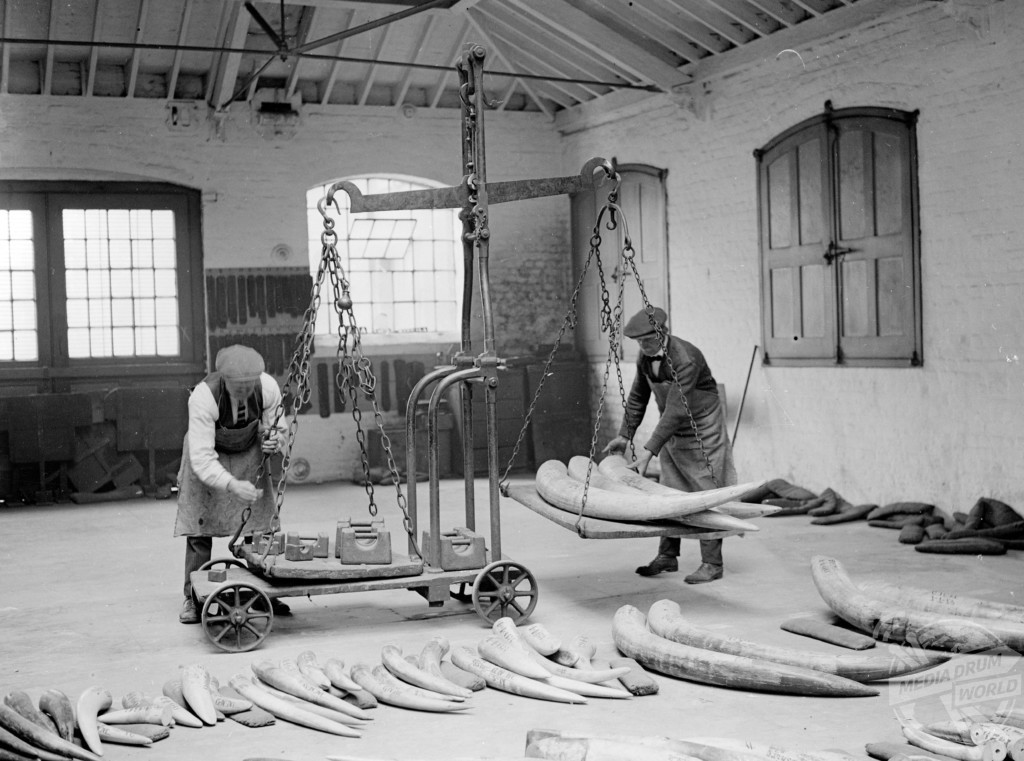
Retronaut / TopFoto / mediadrumimages.com
The elephant ivory was transported to St Katharine’s Dock in London, as well as other valuable cargoes, which were taken to Ivory House, a large warehouse overlooking the docks.
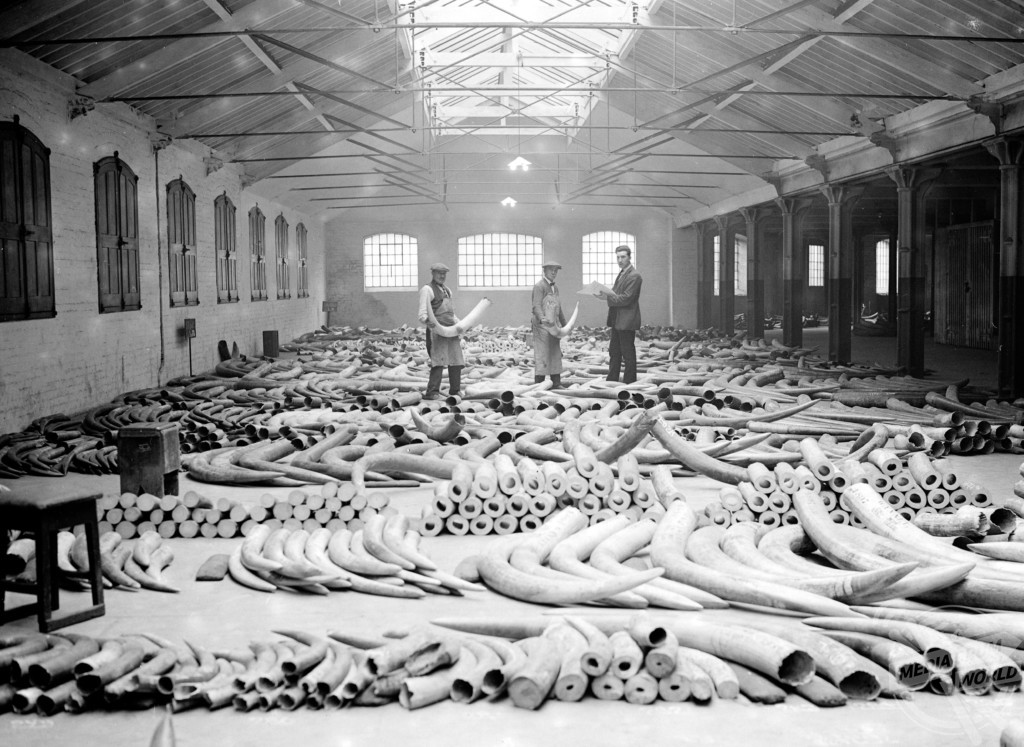
Retronaut / TopFoto / mediadrumimages.com
Until the end of the nineteenth century, 500 tonnes of ivory were imported into London every year, making London one of the most powerful ivory importers there was.
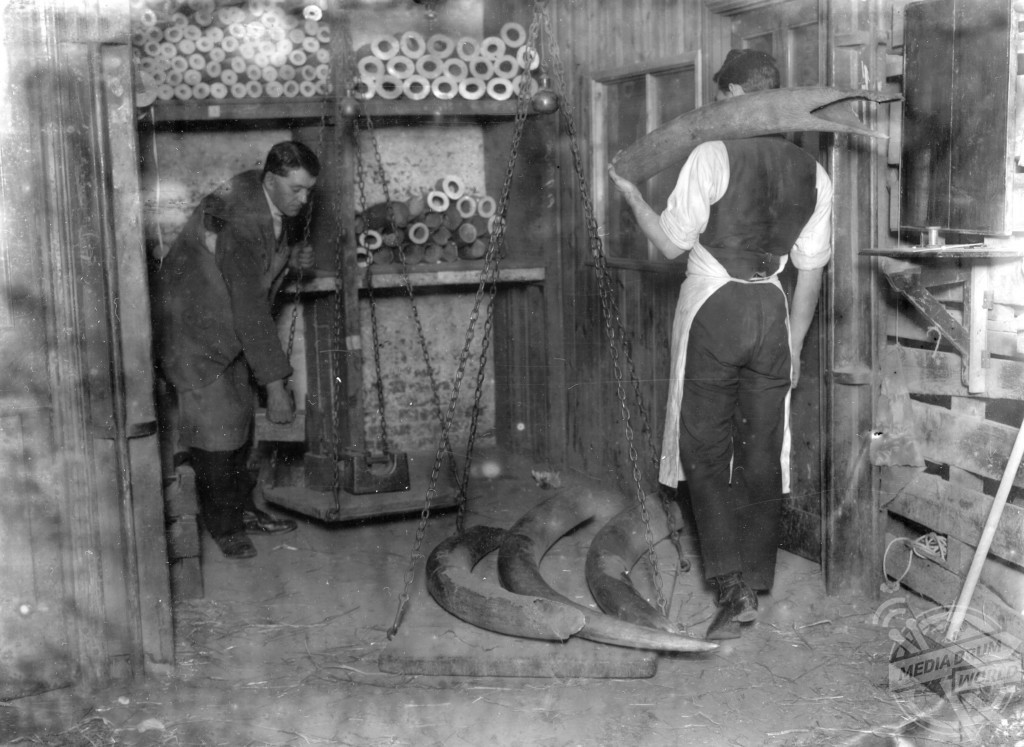
Retronaut / TopFoto / mediadrumimages.com
The ivory that was brought to Ivory House was sold across the globe and to merchants within the UK who turned the ivory into other products such as billiard balls, piano keys and cutlery.
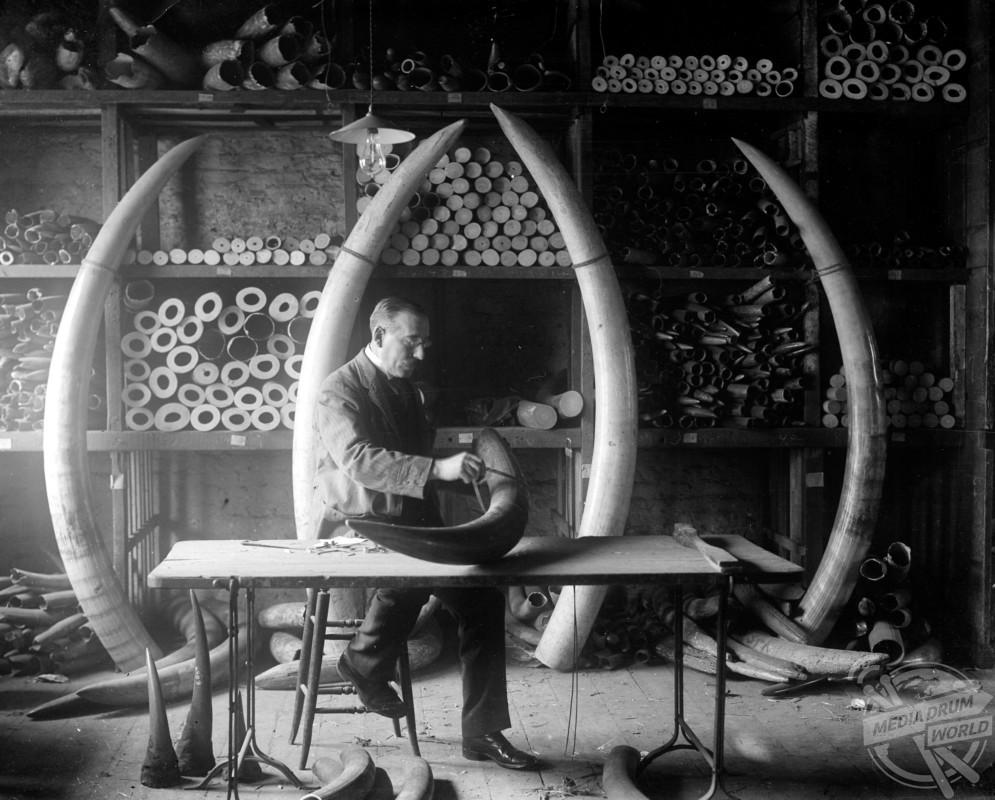
Retronaut / TopFoto / mediadrumimages.com
Following its key role in the poaching and transportation of elephant ivory during the 1920s, the docks were one of the many heavily bombed areas in the Second World War. Ivory House however managed to survive the onslaught of bombings and it has now been turned into numerous high-end apartments along the dock after ivory poaching ceased to lead such a vital role in the UK market.
Ivory House was built in 1858 and is the only original warehouse to still be standing in the St Katharine Docks in the present day. In 1973 it underwent a restoration which transformed the warehouse which was once a hub with ivory poaching, into a complex with apartments, shops and restaurants now filling the space.
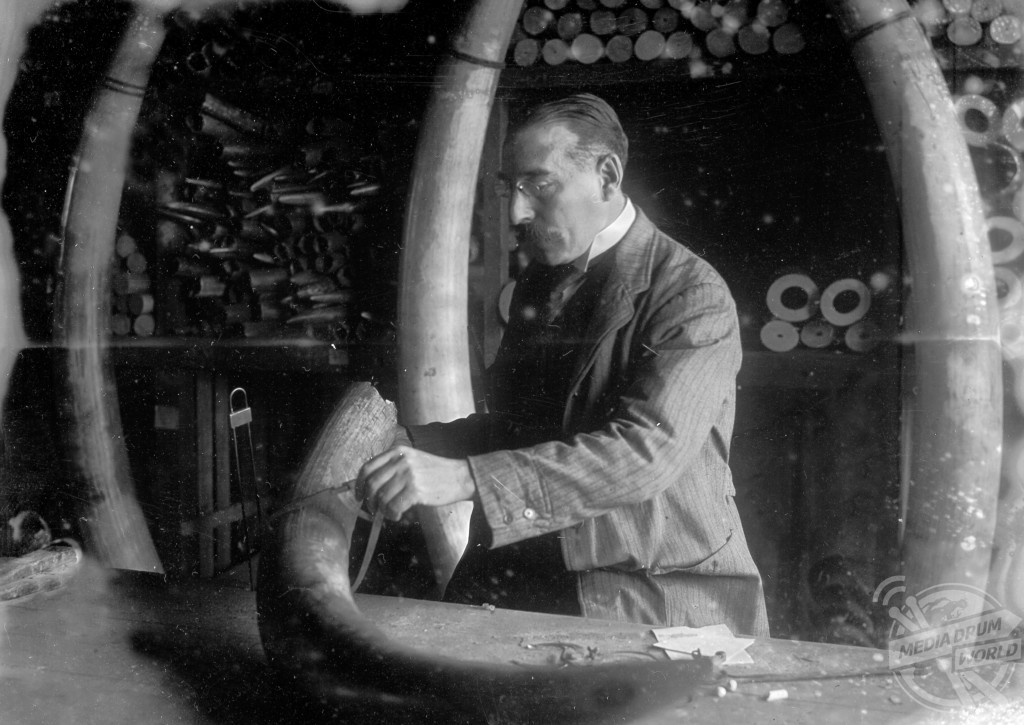
Retronaut / TopFoto / mediadrumimages.com
Ivory hunting has dramatically affected the elephant population throughout Africa, which is estimated to have decreased from 26 million elephants to less than a million in Africa. The illegal poaching of elephants for the precious ivory is the largest threat to elephants in present day.
There are various charities and campaign groups seeking the protection of elephants in the wild, many of which constantly survey areas including Botswana which is a large target for ivory hunters.
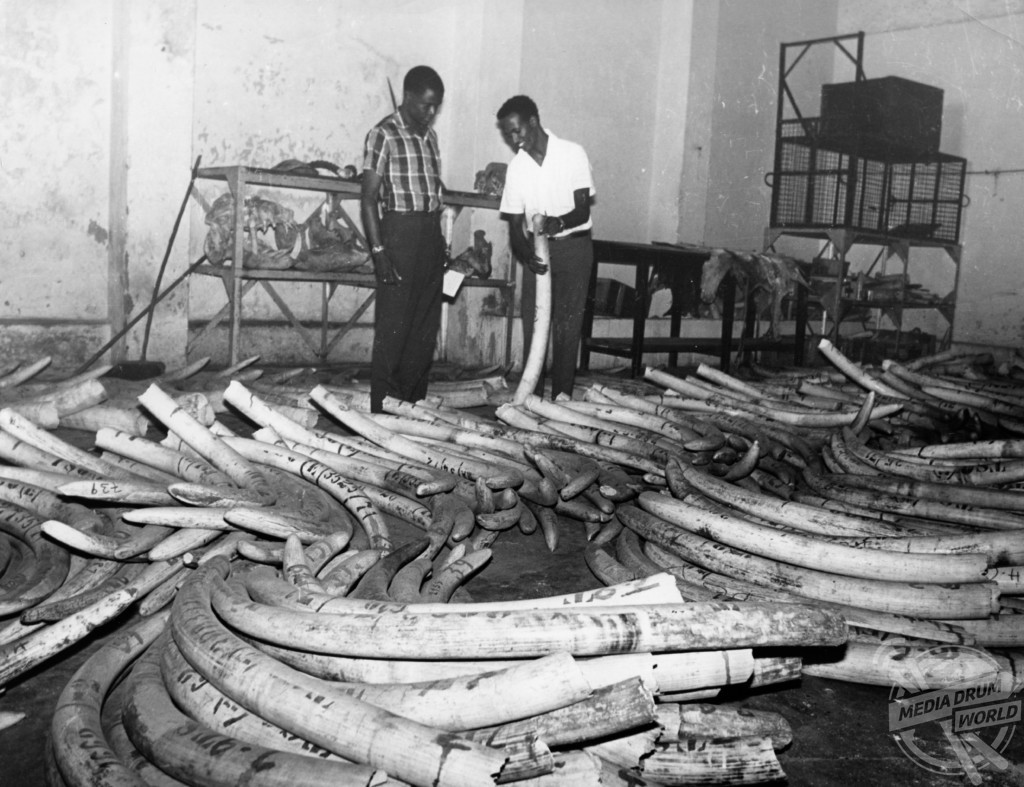
Retronaut / TopFoto / mediadrumimages.com
Earlier in 2018, Theresa May recognised ivory hunting as a problem which needed addressing and she announced that the UK would soon introduce a ban on all ivory sales. This comes after China, who was once one of the biggest importers of ivory, closed its ivory market in 2017.






